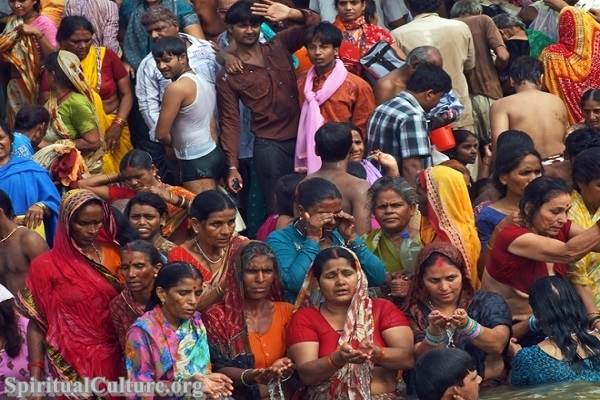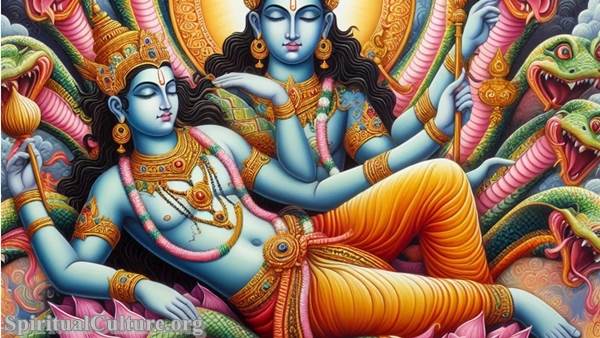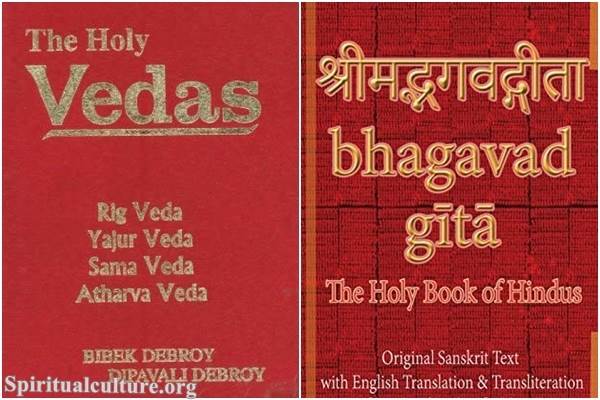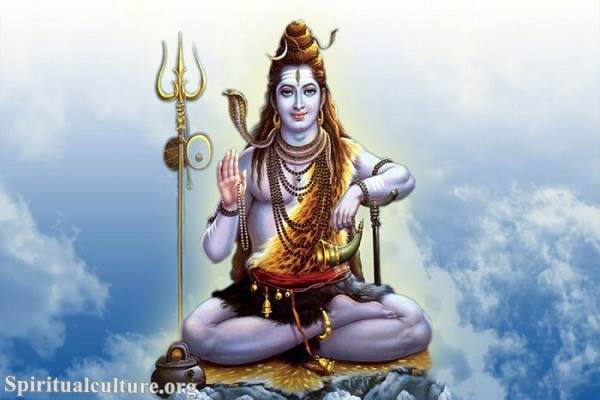Hinduism, one of the oldest religions in the world, is rich with a diverse pantheon of gods and goddesses, each embodying various aspects of life, nature, and the cosmos. Among these deities, the main Hindu gods are Brahma, Vishnu, and Shiva, collectively known as the Trimurti. These three gods are considered to be the fundamental manifestations of the supreme, formless entity known as Brahman. Each god in the Trimurti represents a vital cosmic function: Brahma as the creator, Vishnu as the preserver, and Shiva as the destroyer and regenerator. Together, they maintain the balance of the universe, ensuring the cycles of birth, life, and death continue without disruption.

The worship of these main Hindu gods varies across the different traditions and regions of India, with Vishnu and Shiva enjoying widespread devotion. Brahma, despite his pivotal role in creation, is rarely worshipped today. Nonetheless, the Trimurti plays a central role in Hindu cosmology and theology, symbolizing the continuous and eternal flow of the universe.
Brahma: The Creator of the Universe
Brahma, often referred to as “the Creator” among the main Hindu gods, is the deity responsible for the creation of the universe and all beings. He holds a significant place in early Hindu scriptures, particularly in the Vedas and the Puranas, where he is described as emerging from a cosmic golden egg known as Hiranyagarbha. According to Hindu mythology, Brahma brought forth the elements of the universe, time, and the sacred knowledge contained within the Vedas.
One of the unique characteristics of Brahma is that he is often depicted with four heads, each facing a cardinal direction, symbolizing his omniscience and his role as the source of all knowledge. From these four heads, it is said that the Vedas, the most ancient and revered texts of Hinduism, were created, granting humanity the foundation of knowledge and spiritual wisdom.
Despite his importance in the creation myth, Brahma’s worship has diminished over time. By the post-Vedic period, particularly around the 7th century CE, his status as a primary deity had been largely overshadowed by Vishnu, the preserver, and Shiva, the destroyer. As a result, there are very few temples dedicated to Brahma in India today, the most notable being the Brahma Temple in Pushkar, Rajasthan, which remains a popular pilgrimage site.
Interestingly, while Brahma may not enjoy widespread worship in modern India, his figure retains cultural and religious importance in other parts of Southeast Asia, including Thailand and Bali, where his association with creation and knowledge continues to be revered.
Brahma’s consort is the goddess Saraswati, the embodiment of knowledge, wisdom, and the arts. She is often seen accompanying Brahma in many representations, reflecting their combined role in the creation and dissemination of knowledge.
Vishnu: The Benevolent Preserver
Vishnu, another of the main Hindu gods, is revered as the Preserver of the universe. Within the Trimurti, Vishnu’s role is to protect and maintain the cosmic balance by ensuring that the forces of good always triumph over evil. Vishnu’s popularity in Hinduism is immense, particularly in the tradition known as Vaishnavism, where he is worshipped as the Supreme Being.
One of the key aspects of Vishnu’s function as a preserver is his ability to manifest on Earth in the form of avatars when the cosmic order is threatened. According to Hindu belief, Vishnu has incarnated in ten primary avatars, known collectively as the Dashavatara. These avatars appear in different yugas (ages) to restore dharma (righteousness) and vanquish the forces of evil. Some of the most well-known avatars of Vishnu include Rama, the hero of the Ramayana, and Krishna, the central figure in the Mahabharata and the Bhagavad Gita.
Vishnu is commonly depicted as a divine, regal figure with four arms, each holding symbolic objects: the shankha (conch), representing the sound of the cosmic universe; the chakra (discus), symbolizing the mind and the power to destroy evil; the gada (mace), a symbol of strength; and the padma (lotus), representing purity and spiritual power. His vehicle, or vahana, is Garuda, a powerful eagle-like creature that serves as Vishnu’s loyal companion.
Vishnu is often shown alongside his consort, Lakshmi, the goddess of wealth and prosperity. Together, they represent the nurturing aspect of life, ensuring the sustenance and well-being of humanity. Devotees believe that worshipping Vishnu and Lakshmi brings not only spiritual fulfillment but also material success and happiness.
In terms of etymology, the name Vishnu is derived from the Sanskrit root “vish,” meaning “to pervade” or “to enter into.” This reflects Vishnu’s omnipresence, suggesting that he exists in every part of the universe, embodying the principle of preservation. Vishnu’s peaceful and benevolent nature makes him one of the most widely worshipped deities in Hinduism.
Shiva: The Supreme Destroyer and Regenerator
Of the main Hindu gods, Shiva holds a unique and complex role as the Destroyer within the Trimurti. However, his role is not purely negative; destruction in Hindu philosophy is a necessary step for regeneration and rebirth. Shiva represents the cyclical nature of existence—without destruction, there can be no creation or preservation, and the world would stagnate. Shiva’s presence ensures that life continues to flow in an endless cycle of creation, preservation, and destruction.
Shiva is also one of the most multifaceted of the main Hindu gods. On one hand, he is a fierce ascetic, meditating atop Mount Kailash in the Himalayas, renouncing worldly pleasures. On the other hand, he is also a loving husband to Parvati, his consort, and the father of two sons, Ganesha and Kartikeya. His dual nature makes Shiva one of the most approachable deities, embodying both spiritual austerity and the joys of family life.
In Hindu iconography, Shiva is often portrayed with a third eye on his forehead, representing his ability to see beyond the ordinary and into the realm of higher spiritual truths. When Shiva opens this third eye, it has the power to destroy anything in its path, symbolizing his role as the destroyer of illusion and ego. Additionally, Shiva is depicted with matted hair, a crescent moon, and the Ganges River flowing from his locks, which signifies his control over time and space. He also wears a serpent around his neck, symbolizing his mastery over death and rebirth.
Shiva’s weapon is the trident, which represents his dominion over the three worlds: the physical, the mental, and the spiritual. His vahana is Nandi, a bull that symbolizes strength and righteousness.
In addition to his role in the cosmic cycle, Shiva is also revered as the god of yoga, meditation, and the arts. He is worshipped by yogis and ascetics who seek liberation (moksha) through spiritual discipline. As Adiyogi, Shiva is considered the first teacher of yoga, imparting its knowledge to humanity to help individuals transcend their earthly bonds.
The relationship between Shiva and Parvati is often viewed as the ideal model for a divine union, symbolizing balance between masculine and feminine energies. Together, they are a source of inspiration for devotees who seek to harmonize their spiritual and worldly lives.
In conclusion, the main Hindu gods—Brahma, Vishnu, and Shiva—represent the fundamental forces that govern the universe. As the Creator, Preserver, and Destroyer, they embody the eternal cycle of life, death, and rebirth. Their roles in Hindu cosmology are not just symbolic but offer profound insights into the nature of existence itself. While their worship may vary, their influence remains deeply embedded in Hindu spirituality, art, and philosophy, making them central figures in one of the world’s most ancient and enduring religious traditions.




